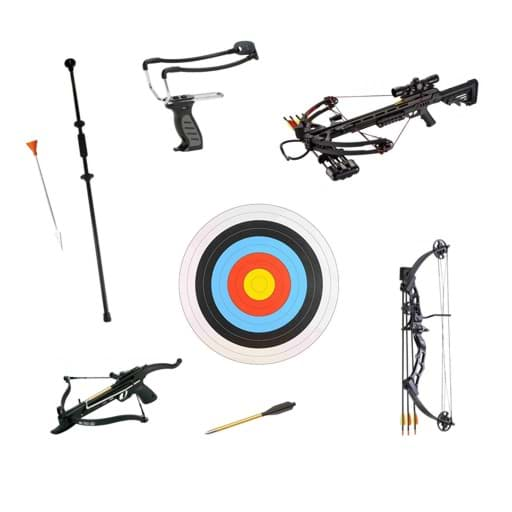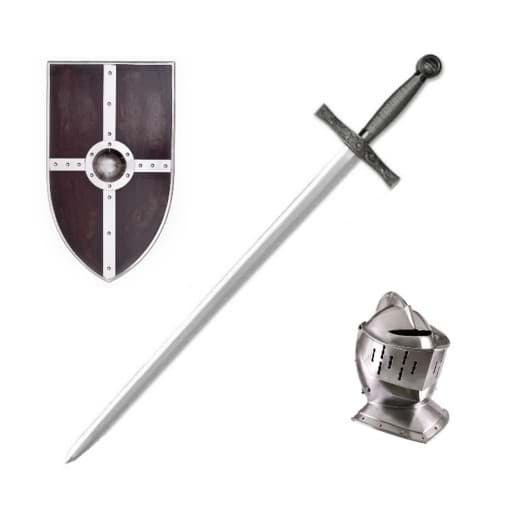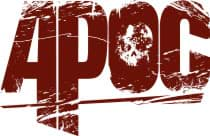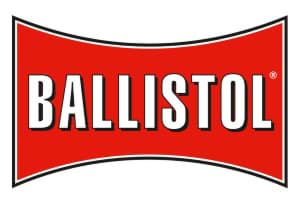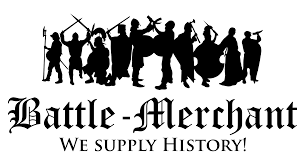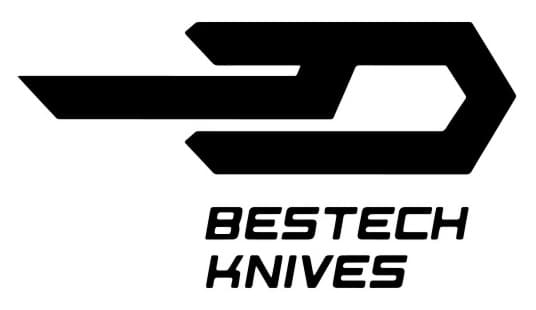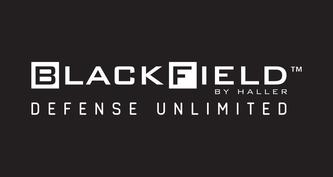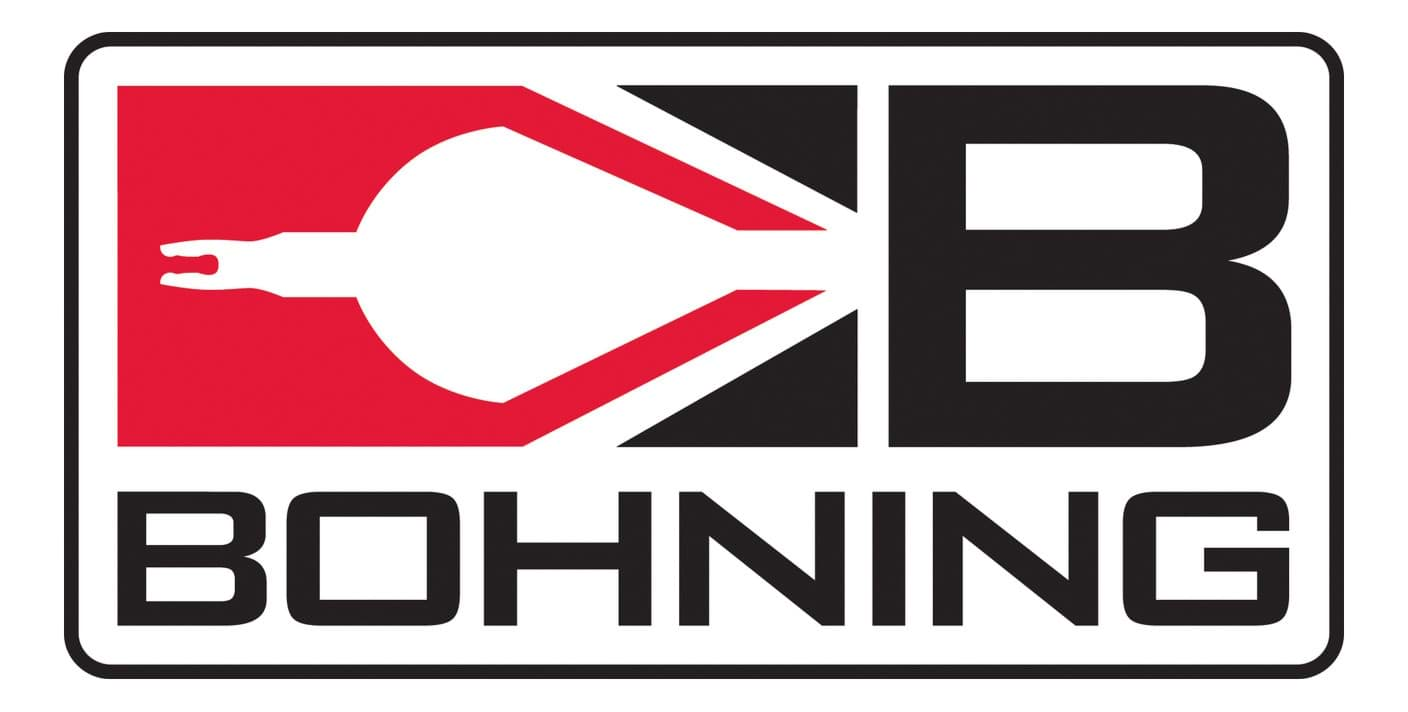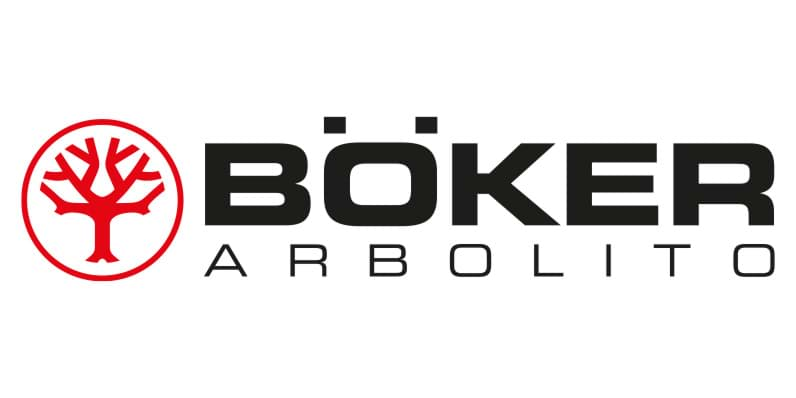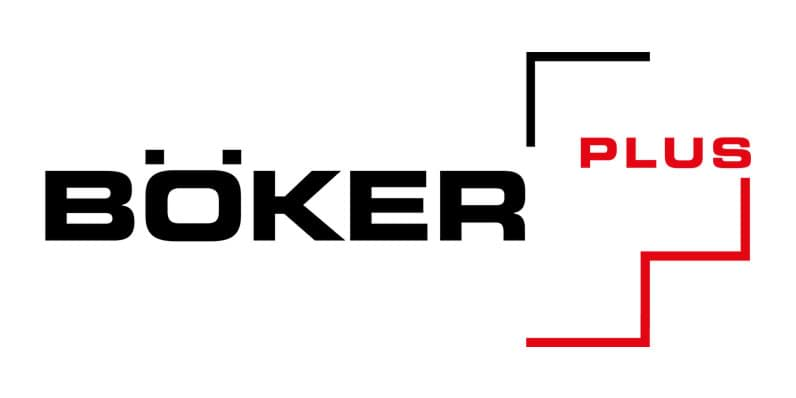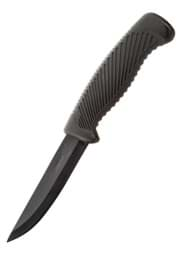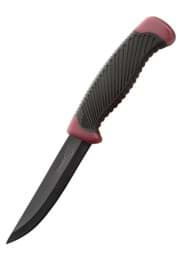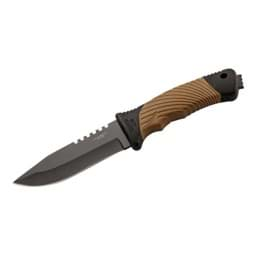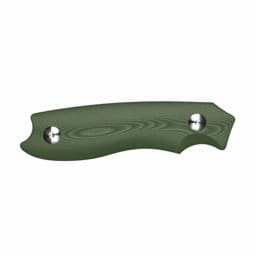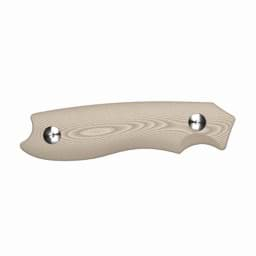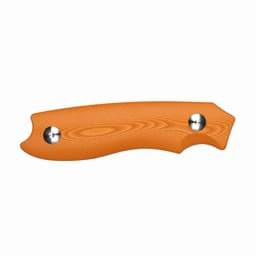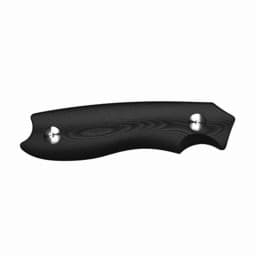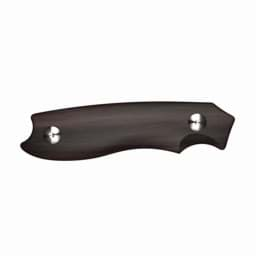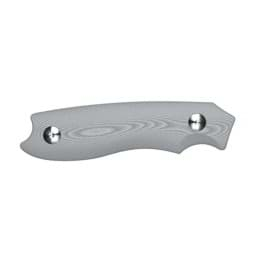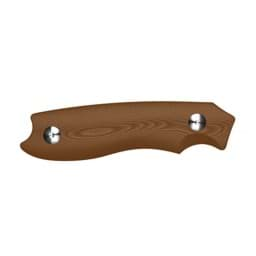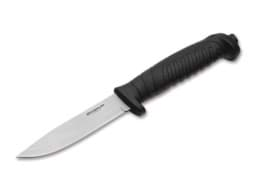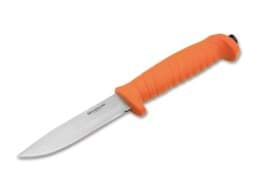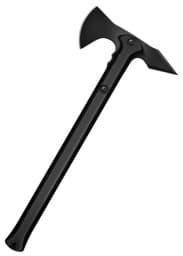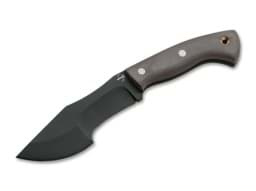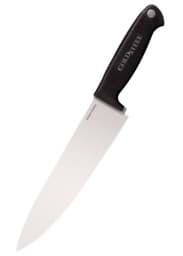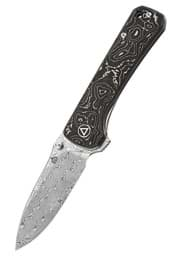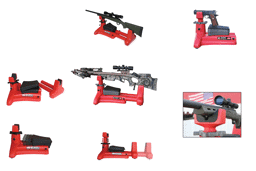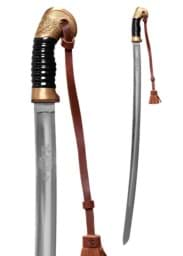Survival Knives
1-12 of 400
United Cutlery - Bushmaster Black
zurzeit nicht lieferbar
CHF 18.00 *
United Cutlery - Bushmaster Maroon
zurzeit nicht lieferbar
CHF 18.00 *
Herbertz - Survival Knife 585412
1-2 Arbeitstage
CHF 18.00 *
Odenwolf - AMBULO Grip Scales G10 Green
zurzeit nicht lieferbar
CHF 19.00 *
Odenwolf - AMBULO Grip Scales G10 Sand
zurzeit nicht lieferbar
CHF 19.00 *
Odenwolf - AMBULO G10 Orange Handle Scales
1-2 Arbeitstage
CHF 19.00 *
Odenwolf - AMBULO G10 Black Handle Scales
1-2 Arbeitstage
CHF 19.00 *
Odenwolf - AMBULO Grip Scales Ebony
zurzeit nicht lieferbar
CHF 19.00 *
Odenwolf - AMBULO Handle Scales G10 Grey
1-2 Arbeitstage
CHF 19.00 *
Odenwolf - AMBULO Grip Scales G10 Brown
1-2 Arbeitstage
CHF 19.00 *
Böker Magnum - Knivgar Black
zurzeit nicht lieferbar
CHF 22.00 *
Böker Magnum - Knivgar SAR Orange
10-15 Arbeitstage
CHF 22.00 *
Recently viewed products
Cold Steel - Trench Hawk Black
CHF 108.00 *
Böker Plus - Mini Tracker
CHF 96.00 *
Cold Steel - Kitchen Classics Chef's Knife
CHF 42.50 *
Niedrigster:
CHF 50.00 *
QSP Knives - Hawk Damascus Copper Foil CF
CHF 170.00 *
MTM Case-Gard - MTM K-Zone Shooting Rest Red
CHF 124.00 *
Hanwei - Shashka the Long Knife of the Cossacks
CHF 643.00 *

